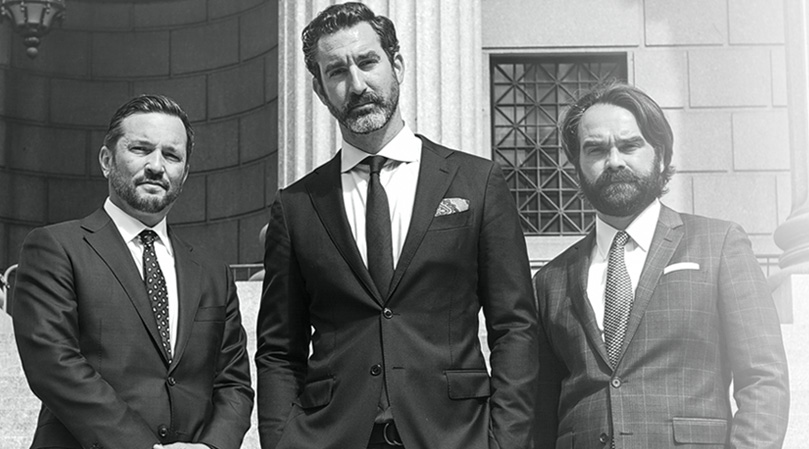Broken Window Fallacy

In the 1980’s and early 1990’s, crime in New York was at an all-time high. Thousands of people in New York were literally getting murdered every year. The murder rate reached its peak in 1990 when 2,605 people were killed in New York City. Then in 1993, a tough talking former prosecutor named Rudy Giuliani became New York’s mayor. Giuliani decided to make Bill Bratton his police commissioner. Bratton had previously been the police commissioner in Boston. Bratton then implemented the “Broken Windows” theory and the crime rate plummeted. Every single year since Bratton took over, the murder rate fell further and further. It continued to fall even after Bratton was ousted by Giuliani and fell even more when Bloomberg took over for Giuliani. 683 people were killed in 2012. This is a sharp decline from 2,605. Seems like this “Broken Windows” theory is amazing. Unfortunately its not.
The “Broken Windows” theory came from two social scientists named James Q. Wilson and George L. Kelling. The theory poses a hypothetical situation. Imagine a street that has a building with a broken window in it. If it is perceived that no one cares about it, people will not think twice about breaking more windows. Once more windows are broken then ne’er do wells will inhabit the building and do things that ne’er do wells do, like drugs. And once people start to do drugs, drug dealers show up and start killing people. The murder rate then goes up all thanks to a broken window know one cared to fix. The point is that all society had to do was fix the one broken window and none of that other stuff would’ve happened. It is utter nonsense. But why do so many people still adhere to it?
The NYPD implemented the theory by arresting people for committing low-level crimes like subway fare evasion and marijuana. Crimes that cops typically used to ignore. This perception, that the police would not tolerate any laws being broken, is supposedly what deters people from committing more serious crimes. The theory, however, is nothing but a modern take on an old logical fallacy. The fallacy is called “post hoc ergo propter hoc.” The phrase is latin for “after this, therefore because of it.” It’s basically the confusion between causation and correlation. Just how ancient people used to think that dancing made it rain and how less ancient people used to think that eating ice cream caused polio, and just how people today think that cold weather causes colds, some people think that the “Broken Windows” theory reduces crime. Proponents of the theory say “look at the evidence.” The crime rate was at an all-time high, the theory was implemented, and the crime rate plummeted. How can you ague with that? Easily.
If you look at a chart that shows the months when people eat the most ice cream and the months when people drown the most, one can see they correlate very closely. An assumption can therefore be made that perhaps eating ice cream causes drowning. Of course, a more intelligent person would see that people simply tend to eat ice cream in warmer months and they tend to swim in warmer months as well. Since more people swim in warmer months, more people drown. This fallacy is easy to see in preposterous situations, but it is much more pervasive. Some think heat waves cause crime (people are out more when its hot and the more people are out, the higher likelihood of crime). Others think full moons make people crazy (before modern technology eliminated this, you could actually see at night better during a full moon, therefore people who were up to no good could do more nasty things at night). Most people today think cold weather gives them colds (people are more likely to be inside with windows closed during the winter months, therefore the germs from a sick person are more easily communicable). There are countless examples of this fallacy.
To a defender of the “Broken Windows” theory, I sound just like the tobacco industry that argued that there was no evidence that cigarette smoke caused the cancer in all those former smokers who died. After all, it’s very difficult to overcome the correlation/causation issue. This is true, but when event A correlates so closely to event B, you can make a very educated guess that event A causes event B. Lung cancer used to be incredibly rare. The fact that it was so rare in non-smokers and so common in smokers is what made it so clear that smoking actually caused the cancer. There seems to also be overwhelming evidence that the world’s climate was substantially different before the Industrial Revolution than it is today. This has tipped the scale in the debate regarding global climate change. But where’s the proof when it comes to the “Broken Windows” theory? There simply isn’t any other than this chart. What it shows is a spike and plummet in crime that is likely a result of the crack epidemic that subsided. The murder rate in New York City in 1965 looks eerily similar to murder rate today. Where was this magical theory in 1965? Moreover, the crime rate fell all over the United States in a strikingly similar way as it did in New York. Most of the country didn’t adopt this theory. So why are we so adamant about defending it? The theory, when adopted in other places, did nothing to lower crime there.
The problem I have with this theory is it is used to justify a military-style occupation in poor neighborhoods. By making police officers approach their work in an in-your-face style, it creates a severe distrust of the police in the community. Moreover, just about everything in New York is illegal. You may not know it, but so many absurd things are illegal in this city. As a result, the police have tremendous discretion in making arrests. Jaywalking is punishable by 15 days in jail. So is putting your foot up on the subway. Riding your bike on the sidewalk could land you in jail for a year. The “Broken Windows” theory could be used to justify all of this. Unfortunately, these laws are being enforced disproportionately in certain neighborhoods and against the will of society. And sometimes people die. We can have the debate about whether the death of Eric Garner is acceptable collateral damage for a theory that has made New York City so safe. But its a false debate.

Request Your Free Consultation
Fields Marked With An “ * ” Are Required
"*" indicates required fields
The Woolworth Building
233 Broadway
Suite 701
New York, NY 10279

